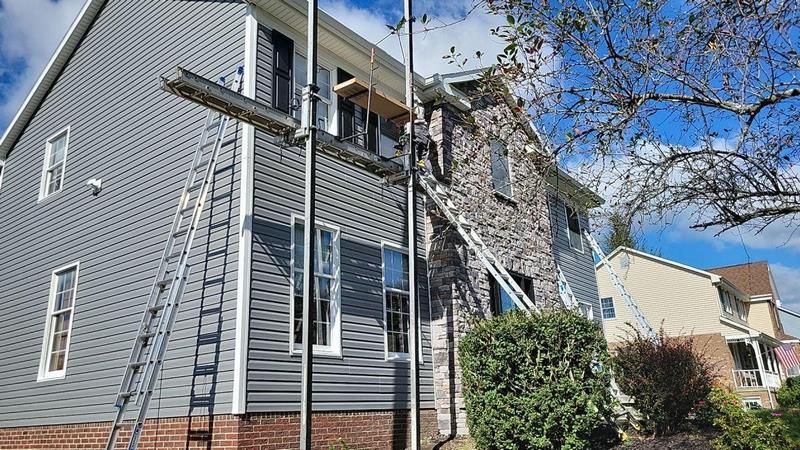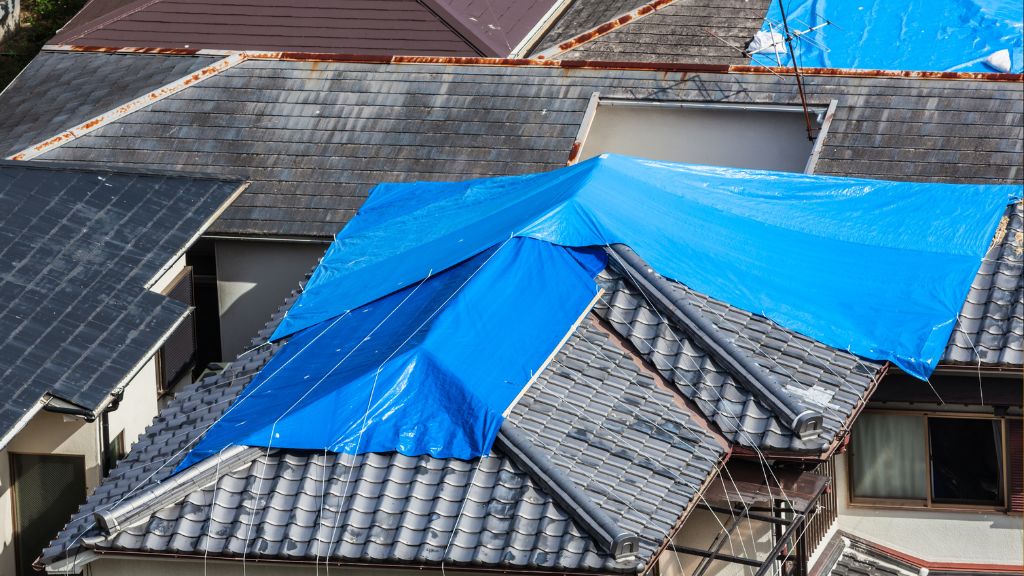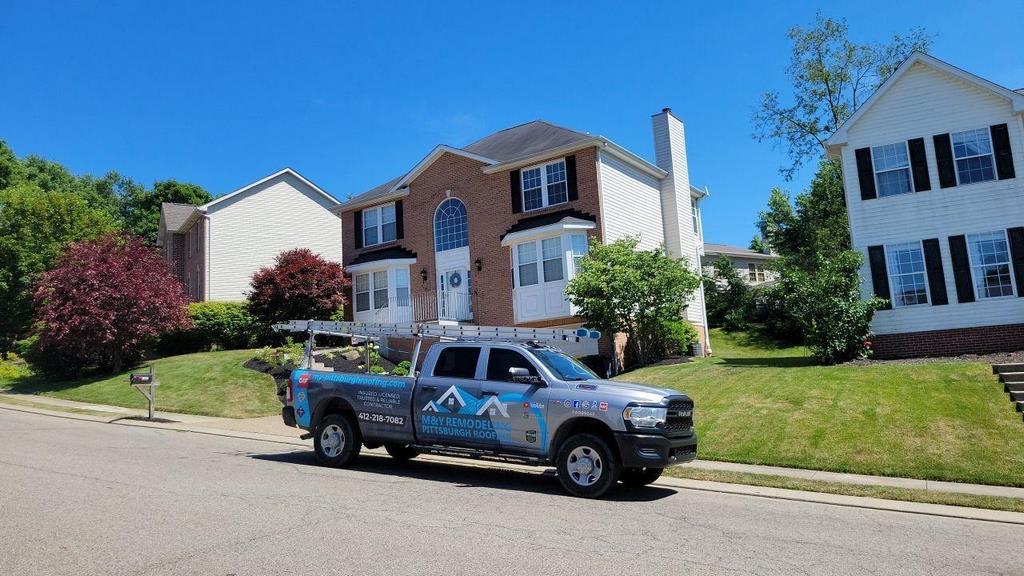
When the weather takes a toll on your home’s roof, dealing with repairs can be a daunting task. Fortunately, homeowner’s insurance can offer a safety net in such situations. Understanding how insurance claims work for roofs is crucial to ensure a smooth process and fair compensation for the damage sustained.
In this comprehensive guide, we’ll walk you through the essential steps of filing and navigating roof insurance claims.
How Do Insurance Claims Work for Roofs?

Step 1: Assess/Document the Damage
When a storm rolls through or nature’s fury strikes, your home’s roof can bear the brunt of the damage. Knowing how to assess that damage is a crucial first step in the process of filing an insurance claim.
Be prepared to document every single problem you find. This list is vital for the insurance company.
Proper assessment not only ensures that you receive fair compensation for repairs but also prevents overlooked issues that might worsen over time. In this section, we’ll delve deeper into the process of assessing roof damage, from identifying visible signs to understanding hidden vulnerabilities.
Here at MY PITTSBURGH ROOFING, we encourage non-experienced roofers to call a professional to help you assess potential damage. For example, us professionals know what to look for because we have a trained eye. You do not, unfortunately.
Here’s a must-see list of just a few things we check for when we assess for damages:
- Chimney & Vents
- Cracked or Broken Tiles
- Dents & Dings
- Displaced Debris from Roof
- Exterior Walls
- Flashing & Sealant Damage
- Granule Loss
- Gutters & Downspout Damage
- Leaks in Attic
- Missing or Damaged Shingles
- Mold or Mildew
- Paint Finish Damage on Roof’s Exterior
- Rot or Decay
- Water Stains
Step 2: Review Your Insurance Policy
Carefully review your homeowner’s insurance policy to understand the coverage provided for roof damage. Policies often vary in terms of what types of damage are covered, whether it’s from hail, wind, fallen trees, or other perils. Additionally, note any deductibles you may need to pay out of pocket before insurance kicks in.
Step 3: Call Your Insurance Company
Once you’ve assessed the damage and reviewed your policy, it’s time to contact your insurance company. This can usually be done through phone or an online portal. Provide a detailed description of the damage, including the date and nature of the incident. The insurance company will guide you through the initial steps and assign you a claims adjuster.
Step 4: Claims Adjuster Assessment
The claims adjuster will visit your property to assess the damage firsthand. During this visit, be sure to point out all the areas of damage you documented earlier. The adjuster will determine the extent of the damage and estimate the cost of repairs. It’s a good idea to accompany the adjuster during the inspection to ensure that no damage is overlooked.
Step 5: Claim Approval & Payout
After the claims adjuster’s assessment, the insurance company will review the report and decide whether to approve your claim. If approved, they will provide you with an estimate for the repairs. The payout amount may be the full estimated cost of repairs or a portion, depending on your policy’s terms and your deductible.
Step 6: Choose a Contractor
With the approved estimate in hand, you can now start looking for a reputable roofing contractor. Opt for licensed, insured, and experienced professionals who have a track record of quality work. Obtain multiple quotes and ensure that the contractor is willing to work within the budget provided by the insurance payout.
However, it’s important to note that not all roofing contractors exclusively deal with insurance claims, but many reputable roofing companies are equipped to assist with insurance-related matters. Roofing contractors with experience in storm damage, repairs, and replacements often have a good understanding of the insurance claims process and can guide homeowners through the necessary steps.
Step 7: Start the Repairs
Once you’ve chosen a contractor and received the necessary permits, the repairs can begin. It’s essential to maintain open communication with the contractor and keep track of progress. If the contractor discovers additional damage during the repair process, inform your insurance company of potential supplemental claims.
Step 8: Take Notes & Follow-Up
Throughout the repair process, keep records of all communication, invoices, and receipts related to the repairs. This documentation will serve as evidence should any disputes or questions arise. After the repairs are complete, do a final walk through with the contractor to ensure that the work meets your satisfaction.Step 9: Finalizing the Claim
Submit all the necessary documentation to your insurance company, including invoices and proof of payment. The insurance company will review the documentation to ensure that repairs were completed as stated. Once approved, they will finalize the claim and issue any additional payouts if applicable.
Step 10: Prevent Future Issues
While you can’t control the weather, you can take preventive measures to protect your roof from potential damage. Regular roof inspections, maintenance, and trimming of nearby trees can help minimize risks. Additionally, keeping your homeowner’s insurance policy updated and reviewing it periodically can ensure you have adequate coverage in case of future incidents.
Discover How We Simplify the Process

Keep in mind that the extent of involvement in insurance claims can vary from contractor to contractor. Some roofing companies specialize in working closely with insurance companies, helping homeowners file claims, providing documentation, and ensuring a smooth process from assessment to repair or replacement. Others may focus more on the construction and repair side of roofing, leaving insurance-related tasks largely to the homeowners.
Learn more about how we can assist you with insurance claims here.
Call MY PITTSBURGH ROOFING now to schedule a complimentary consultation session tailored to your individual circumstances. Get in touch at 412-218-7082 and take the first step towards a seamless insurance claims experience.


